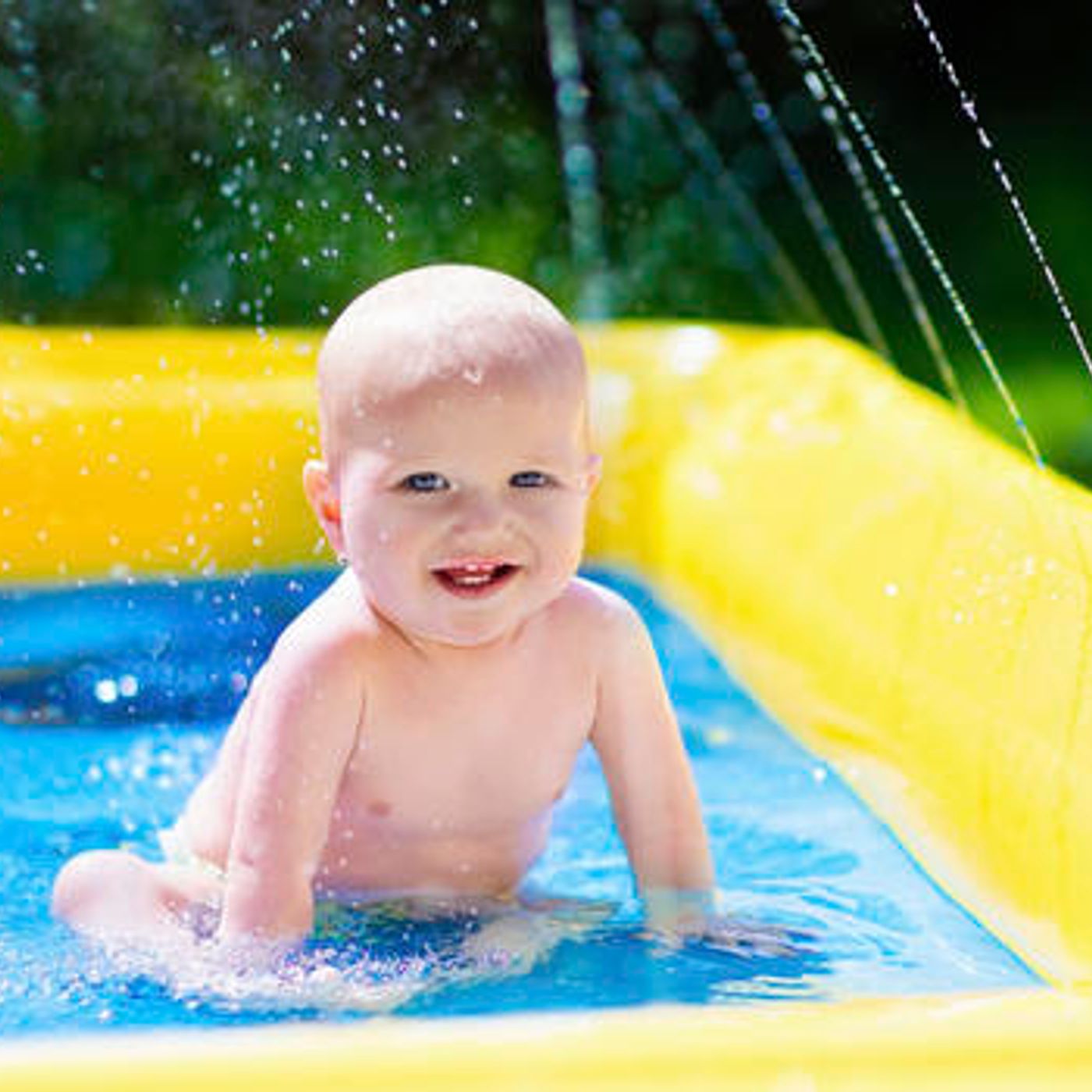Episode 79: How to prevent common pool water hazards

If it is not properly maintained, the water in your domestic swimming pool may contain a range of germs, including bacteria and viruses. Some germs can cause health problems, such as ear, nose and throat infections.
You should check your swimming pool regularly to make sure that the water is safe for swimming. A simple way to do this is to look into the pool each day and check:
Is the water clear?
Can you see to the bottom of the pool?
Does the water look any different to how it looked the day before?
Any changes, such as cloudiness, mean you should test the water and take steps to improve water quality before anyone goes swimming.
Sources of contamination in swimming pools
Potential sources of microbes in your pool may include:
People swimming in the pool \u2013 this is the main source of microbes.
Animals, such as dogs \u2013 some pets like to paddle in the pool on hot days.
Dead wildlife \u2013 for example, frogs, lizards or insects may occasionally drown in your pool.
Debris from around the property, such as leaves, grass, and dust.
Swimming pool maintenance
The five keys to maintaining water quality in your swimming pool include:
filtration
chlorination
pH level
total alkalinity (TA)
calcium hardness.
Swimming pool filtration
The water in your pool is pumped through a filter to remove debris and particles. How long you need to run the filter depends on the size of your swimming pool and the horsepower of your pool pump. If you are unsure, check with the manufacturer or consult with a pool maintenance professional.
Most pool filtration systems are not able to filter all the water in the pool. Chlorination is a common and effective treatment often used alongside filtration to inactivate microbes that may be present in the pool water. The best-maintained pools rely on multiple treatment barriers.
Chlorination for swimming pools
Chlorine is a chemical that disinfects the water and helps to remove debris. You should use a chlorine stabilizer to extend the chlorine's half-life. Generally, the longer your filtration cycle, the less chlorine you will need. Similarly, the more chlorine you use, the shorter your required filtration cycle.
Remember that your chlorine requirements will be affected by a range of factors, including your pump and filter system, water temperature, water level, the amount of debris and the number of swimmers in your pool.
pH level in swimming pool water
The pH level indicates how acidic or alkaline the water is at any given time. A pH level of 7 means that water is neutral; above 7 means the water is alkaline, while below 7 indicates acidity. Aim for a pH level of between 7 and 7.6. If the water pH is higher than 8, anyone who swims in the pool is at risk of skin rashes, while a pH of lower than 7 can sting swimmers' eyes.
Some of the many factors that can affect your pool's pH level include heavy rain, the number of swimmers in the pool and chemicals. Remember to regularly check the pH level.
Total alkalinity and swimming pools
Total alkalinity means the sum of all alkaline chemicals in your water. If the total alkalinity is too low, the pH balance can become unstable. Concrete and painted pool surfaces will also deteriorate over time. The total alkalinity and pH are interconnected. For example, raising the total alkalinity could also raise the pH. Make sure you don't disrupt your pool's pH when adjusting the total alkalinity and vice versa.
Calcium hardness in swimming pool water
Calcium Hardness refers to the amount of the